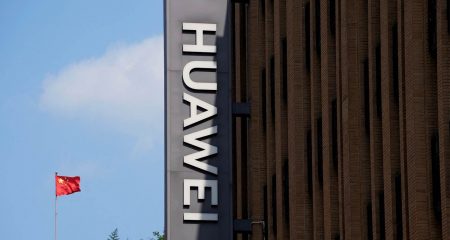 Investors and analysts who think that all Tencent needs is for Beijing to restart the approval of new games may be missing the bigger picture.
Investors and analysts who think that all Tencent needs is for Beijing to restart the approval of new games may be missing the bigger picture.
Troubles at the Chinese Internet giant started late last year, well before the regulatory foot-dragging on the monetisation of PUBG Mobile that culminated in a halt on licences for the games.
Fourth quarter numbers showed quite clearly that Tencent had joined the ranks of Internet mortals. Beyond revenue trailing estimates, user growth was slowing and gross margins fell to a record low. “It’s about to get worse,” I wrote then. And it did.
An uptick in gross margin during the first quarter might have suggested things were on the mend, but that was a mirage. Another record low was reported for the June quarter, and analysts see the slide continuing.
Speaking of margins, Tencent has been able to pad out the operating line by deciding that gains on investments are an operating item, instead of non-op, a policy with which I disagreed. By stripping out investments, I calculated “core” operating margins and noted that in the first quarter, for example, there was a 12 percentage point difference between reported operating margins and those for the underlying business of games, ads, social and content. There’s actually no difference to the bottom line, but delineating the two can help investors understand the performance of the businesses Tencent operates versus those it doesn’t.
Declaring that returns on the US$22.2-billion investment portfolio are an operating item cuts both ways, however. I noted last November that Tencent’s holdings of other companies, private and public, would be a swing factor making earnings increasingly unstable. That chicken came home to roost in the second quarter, with Tencent reporting that the net other gains line item dropped 51% to the lowest point since 2016. The amount isn’t trivial: that decline is equal to 15% of the net income it reported for the period.
As if that’s not enough, investors should be warned that the company’s single largest investment is China Literature, whose stock has fallen 32% since Tencent’s last balance sheet dated 30 June, and for which analysts expect operating margins to decline during the second half. Tencent’s third largest investment is Tesla.
Restraining ads
It’s tempting for Tencent to tap its WeChat (aka Weixin) app to drive ad sales. The company did just that in the second quarter, with president Martin Lau saying this week that it upped the daily limit to two ads per day per feed, from one. Yet Lau wants to continue restraining ads, so investors probably shouldn’t expect a flood of new revenue from that base of 1.06 billion users.
Investors who believe the worst is over may also be missing structural issues that won’t disappear soon.
Among them are rising content expenses as Tencent pushes its streaming and live-broadcasting businesses in the face of fierce competition from the likes of iQiyi, Bilibili and the very fierce upstart Beijing Bytedance Technology. Even before the games halt, Tencent was forced to shell out more to promote its game titles, which hints at declining marginal returns on promotional spending and doesn’t augur well for a margin turnaround.
Finally, there’s the tighter regulation of its payments business by the People’s Bank of China, meaning Tencent won’t be able to generate interest income on the money held in custody for its millions of WeChat Pay users. The company hopes to offset this by expanding in micro loans and wealth management. But if you thought game licences were a regulatory landmine, wait until you start treading the fields of consumer finance.
A rebound in Tencent’s shares early on Friday suggested that investors have forgiven and forgotten the company’s recent turmoil. The rain may have stopped, but that doesn’t mean the storm is over. — Reported by Tim Culpan, (c) 2018 Bloomberg LP




